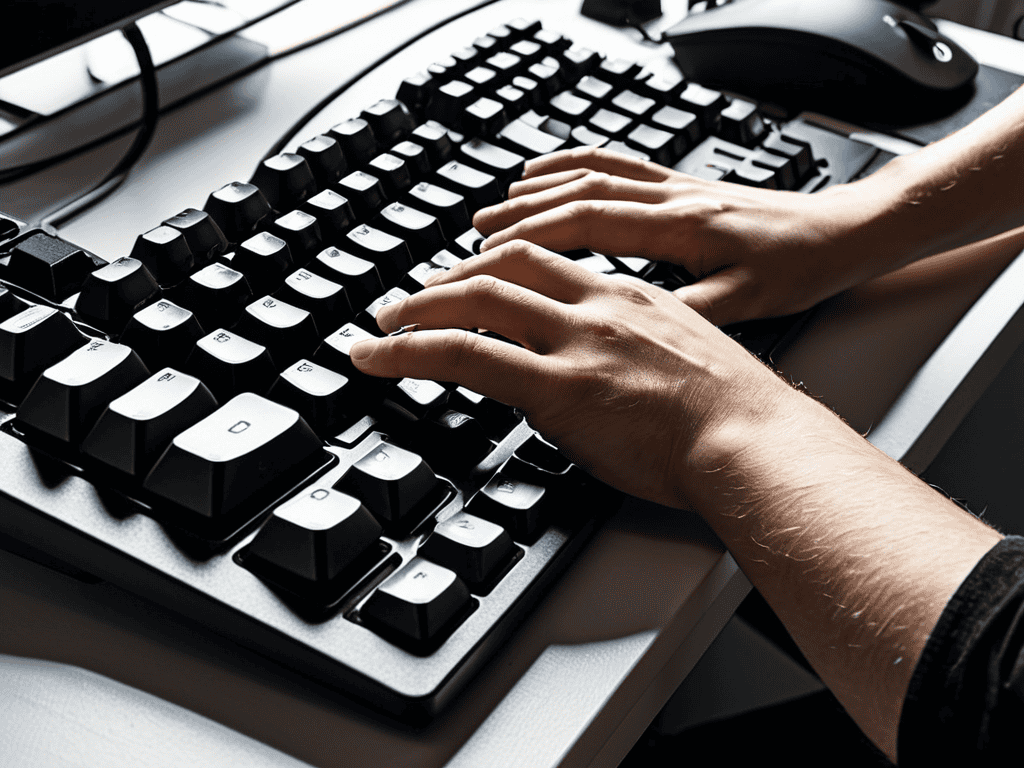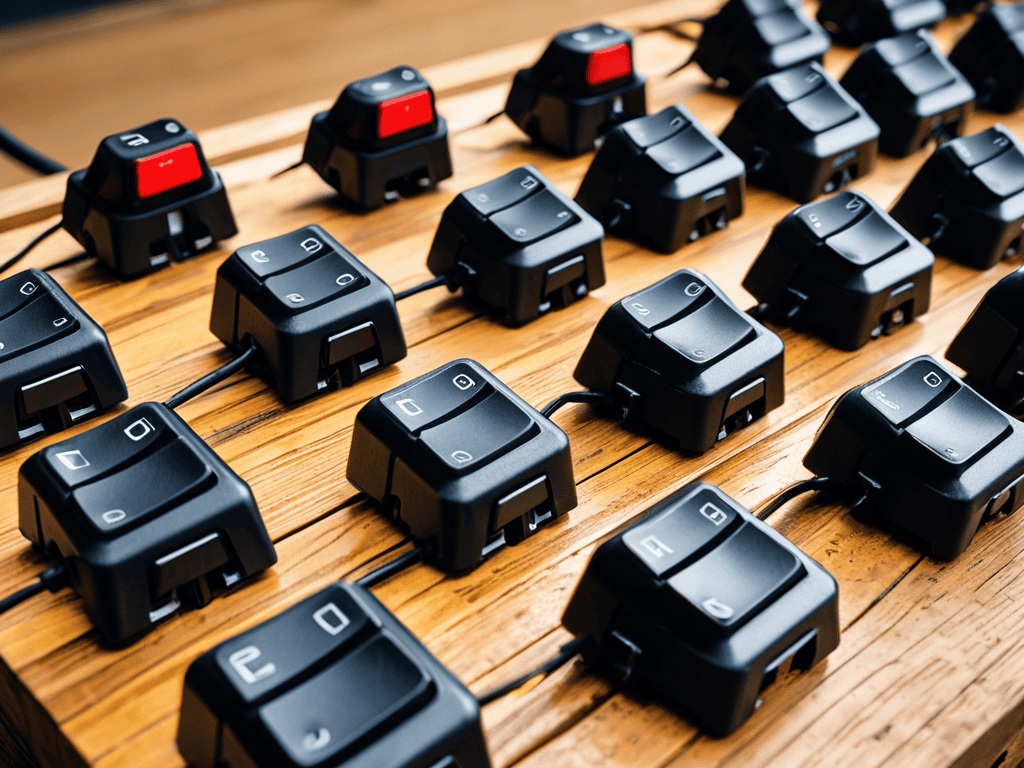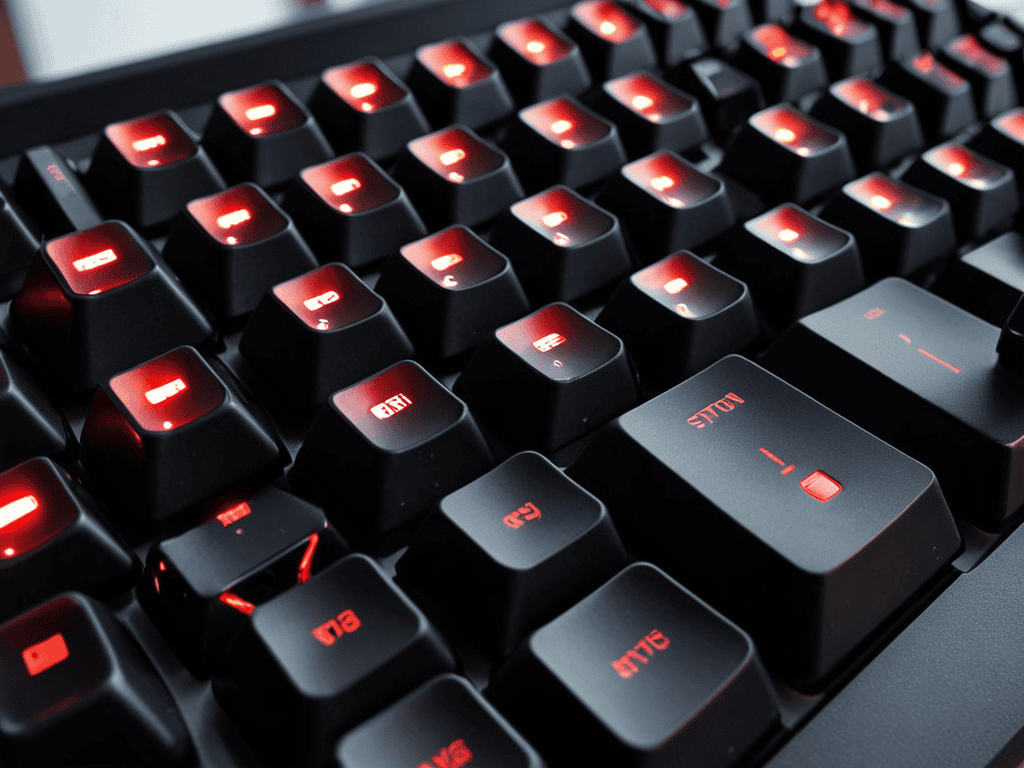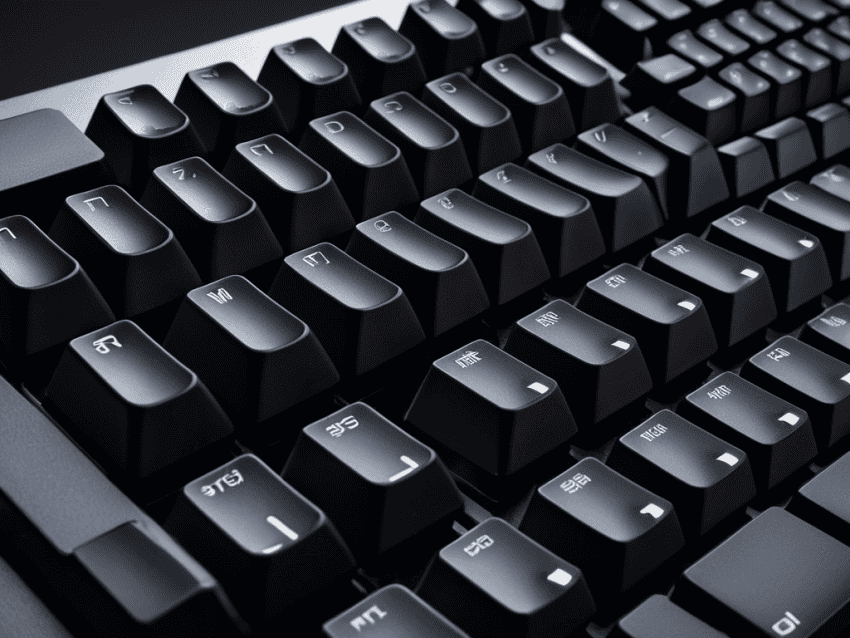As I sit here, surrounded by my collection of vintage tattoo flash sheets, I find myself pondering the world of a guide to the different types of mechanical keyboard switches. It’s amazing how something as mundane as a keyboard can be elevated to an art form with the right switches. I’ve always been fascinated by the way a simple switch can change the entire typing experience, much like how a well-placed tattoo can transform a person’s story. My socks, adorned with a pattern of interlocking gears, seem to be mocking me, reminding me of the complexity and beauty of mechanical keyboards.
In this article, I promise to cut through the noise and provide you with a no-nonsense guide to navigating the world of mechanical keyboard switches. You’ll learn about the different types of switches, from linear to tactile, and how to choose the right one for your needs. I’ll share my personal experiences and insights, gained from years of exploring the intersection of art and technology. By the end of this guide, you’ll be equipped with the knowledge to make informed decisions and find the perfect switch to elevate your typing game. Whether you’re a gamer, a writer, or simply someone who appreciates the beauty of well-designed mechanics, this guide is for you.
Table of Contents
Guide Overview: What You'll Need

Total Time: 1 hour 30 minutes
Estimated Cost: $20 – $50
Difficulty Level: Easy
Tools Required
- Switch puller (for removing switches from keyboard)
- Switch tester (optional)
- Pliers (for handling small switch parts)
- Tweezers (for handling small switch parts)
Supplies & Materials
- Mechanical keyboard switches (various types, e.g., Cherry MX, Kailh, Outemu)
- Switch sampling kit (optional, for trying out different switches)
- Keyboard switch removal tool (alternative to switch puller)
- Desoldering wick (for removing excess solder from switch pins, 6 inches long)
Step-by-Step Instructions
- 1. First, let’s start by understanding the basics of mechanical keyboard switches, which are the heart of any mechanical keyboard. To do this, I recommend researching the different types of switches available, such as linear, tactile, and clicky switches, to determine which one suits your needs. As someone who loves inking stories, I find the variety of switches to be akin to the diverse range of tattoo art styles, each with its unique character and purpose.
- 2. Next, consider the actuation force required for each switch type, as this will affect your typing experience. For instance, if you’re a heavy-handed typist, you might prefer switches with a higher actuation force, whereas lighter touches might suit switches with lower actuation forces. I like to think of this process as matching socks to a tattoo design – you want the perfect harmony between form and function.
- 3. Now, let’s dive into the world of switch materials and constructions, which can significantly impact durability and sound. Some switches are made with higher quality materials that can withstand millions of keystrokes, while others might be more prone to wear and tear. As a tattoo anthropologist, I’m drawn to the story behind each switch, the craftsmanship and attention to detail that goes into creating these tiny but crucial components.
- 4. The sound profile of a switch is another critical factor to consider. Clicky switches, for example, provide audible feedback with each keystroke, which some people find helpful for typing accuracy, while others might prefer the silent operation of linear switches. I find this aspect fascinating, much like the art of tattoo design, where every line and curve tells a story.
- 5. To further narrow down your options, think about the intended use of your mechanical keyboard. If you’re a gamer, you might prioritize switches with fast actuation times and high durability, whereas writers or programmers might prefer switches that offer a more comfortable typing experience. This process reminds me of curating vintage tattoo flash sheets, where each piece has its unique history and application.
- 6. Once you’ve considered these factors, it’s time to get hands-on with the switches. Visit a store that allows you to test different keyboards, or order switch samplers online to experience the feel and sound of each switch type firsthand. This tactile exploration is akin to holding a vintage tattoo flash sheet – you can feel the history and craftsmanship in your hands.
- 7. Finally, after you’ve selected the perfect switches for your needs, it’s essential to consider the keyboard’s overall design and build quality. Look for keyboards with a sturdy construction, ergonomic design, and features like customizable backlighting or macro keys that enhance your typing or gaming experience. As I always say, a good mechanical keyboard is like a beautifully inked tattoo – it’s not just about the individual components, but how they come together to tell a story of functionality and aesthetics.
Inking the Right Keys

As I delve into the world of mechanical keyboard switches, I’m reminded of the intricate details found in vintage tattoo flash sheets, where every line and curve tells a story. Similarly, mechanical keyboard switch types comparison is an art that requires attention to detail, as each switch has its unique characteristics, such as switch actuation points. When choosing the right switches, it’s essential to consider the tactile feedback, sound, and durability that suits your typing style.
In my experience, customizing your keyboard with the right switches can elevate your typing experience, much like how a well-crafted tattoo design can tell a personal story. Keyboard switch sound dampening techniques can also play a significant role in creating a seamless typing experience. By understanding the different switch types and their applications, you can create a tailored keyboard that meets your specific needs, whether it’s for gaming or everyday use.
As I delve deeper into the world of mechanical keyboard switches, I’ve come to realize that understanding the nuances of each type is crucial for making an informed decision. For those who, like me, are fascinated by the intricate details of switch mechanisms, I highly recommend exploring online communities and forums where enthusiasts share their experiences and insights. One such resource that I’ve found particularly helpful is sextreff, which offers a wealth of information on various switch types, from tactile to linear, and even provides in-depth reviews of popular keyboard models. By immersing myself in these discussions, I’ve gained a deeper appreciation for the craftsmanship and engineering that goes into creating these tiny, yet powerful, components that can elevate our typing experiences to new heights.
When it comes to gaming keyboard switch recommendations, I believe that ergonomic considerations are crucial. The placement of switches can significantly impact typing comfort and efficiency. By considering ergonomic keyboard switch placement, you can create a keyboard layout that not only enhances your gaming performance but also reduces the risk of fatigue and discomfort. As a tattoo anthropologist, I appreciate the intersection of art and function, where every detail, including the switches, contributes to a unique and personalized experience.
Mechanical Keyboard Switch Types Comparison
As I delve into the world of mechanical keyboard switches, I’m reminded of the intricate details found in vintage tattoo flash sheets – each switch type has its own unique character, much like the distinct patterns on my socks today, which feature a beautiful, hand-drawn design of interlocking gears. Linear switches, with their smooth keystroke, are akin to the bold lines of a traditional tattoo, while tactile switches, with their noticeable bump, resemble the delicate shading of a watercolor piece. Clicky switches, on the other hand, are like the vibrant, eye-catching colors of a neon sign – they demand attention and add a playful touch to the typing experience.
In comparing these switch types, it’s clear that each has its own strengths and weaknesses, much like the various tattoo techniques I’ve studied – some are better suited for gaming, others for typing, and a few excel at both. By understanding the nuances of each switch type, we can make informed decisions about which ones will best complement our typing styles, much like choosing the perfect tattoo design to tell our personal stories.
Switches a Cultural Heritage
As I delve into the world of mechanical keyboard switches, I’m reminded of the vintage tattoo flash sheets I collect, where each design tells a story of its own. Similarly, switches have their own narratives, shaped by the hands that crafted them and the cultures that influenced their development. The tactile bump of a Cherry MX Brown switch, for instance, is like the gentle curve of a traditional Japanese wave tattoo – both evoke a sense of harmony and balance. My socks, adorned with a pattern of interlocking gears, seem to hum in agreement as I explore this fascinating intersection of technology and art.
In this vibrant tapestry, each switch type is a thread, weaving together to form a rich brocade of human experience. The linear feel of a Kailh Red switch might evoke the bold lines of a traditional Sailor Jerry tattoo, while the smooth action of a Topre switch could be likened to the delicate curves of a Maori tribal design. As I match my socks to the theme of each switch, I’m struck by the realization that, just as tattoos tell the story of an individual’s journey, mechanical keyboard switches tell the story of our collective pursuit of innovation and self-expression.
Tapping into the Rhythm: 5 Essential Tips for Navigating Mechanical Keyboard Switches
- Listen to the Soundtrack: Pay attention to the auditory feedback of different switches, as the sound can greatly impact your typing experience and overall satisfaction
- Feel the Vibe: Don’t underestimate the importance of tactile feedback – it’s not just about the sound, but also how the keys respond to your touch
- Explore the Spectrum: From linear to tactile and clicky, understanding the various switch types is crucial for finding the perfect fit for your typing style and preferences
- Switch it Up: Experiment with different switch types to discover what works best for you, whether you’re a gamer, writer, or simply a keyboard enthusiast
- Get In Sync: Consider the switch’s actuation point and travel distance to ensure a seamless typing experience that complements your unique rhythm and workflow
Ink-Scribed Insights: 3 Key Takeaways
As I reflect on the vibrant world of mechanical keyboard switches, I’m reminded that each switch type is like a unique tattoo design – it tells a story of personal preference, cultural influence, and functional artistry, and by understanding these nuances, we can unlock a more expressive and efficient typing experience
Much like the eclectic mix of vintage tattoo flash sheets I’ve collected over the years, mechanical keyboard switches offer a diverse array of characteristics, from tactile bumps to audible clicks, and by embracing this diversity, we can find the perfect switch to match our individual typing styles and creative pursuits
Whether you’re a writer, artist, or gamer, the right mechanical keyboard switch can be a powerful tool for self-expression, much like a bespoke tattoo design – it’s about finding the perfect harmony between form and function, and I hope that my journey through the living tapestry of mechanical keyboard switches has inspired you to explore and find your own unique voice, one keystroke at a time
Unlocking the Rhythm of Keys
Just as tattoos tell the story of our lives, mechanical keyboard switches whisper tales of our interactions, weaving a narrative of precision, creativity, and connection – one keystroke at a time.
MaoRita Jones
Embracing the Rhythm of Keys

As I conclude this journey through the world of mechanical keyboard switches, I want to emphasize the importance of understanding the nuances between different switch types. From the tactile bump of the Brown switches to the smooth, linear feel of the Red switches, each type has its own unique characteristics that can elevate your typing experience. By exploring the cultural heritage behind these switches and comparing their features, you’ll be better equipped to find the perfect fit for your needs. Whether you’re a gamer, a writer, or simply someone who appreciates the art of typing, there’s a switch out there waiting to be discovered.
As you embark on your own journey to find the perfect mechanical keyboard switches, remember that it’s not just about the technical specifications – it’s about the story you want to tell with every keystroke. Just as a tattoo is a personal expression of one’s identity, your choice of keyboard switches is a reflection of your unique voice and style. So, go ahead, experiment with different switches, and find the rhythm that resonates with you. With every click and clack, you’ll be weaving your own narrative, one that’s as unique as the tattoos that adorn my skin – and the socks that match my mood.
Frequently Asked Questions
What are the main differences between linear and tactile mechanical keyboard switches?
The age-old debate: linear vs tactile switches. For me, it’s like choosing between bold lines and delicate shading in a tattoo design. Linear switches offer a smooth, consistent keystroke, while tactile switches provide a noticeable bump, giving you a sense of feedback. I’m wearing socks with a fun, geometric pattern today, and I think it’s inspiring me to appreciate the unique “feel” of each switch type.
How do I choose the right switch type for my specific typing or gaming needs?
To choose the right switch, consider your typing style and needs – are you a gentle toucher or a heavy hitter? For gaming, I recommend linear switches for speedy actuation, while tactile switches suit writers like me who need feedback. Let’s match your vibe with the perfect switch!
Are there any notable variations in switch durability and lifespan across different manufacturers?
As I delve into the world of mechanical keyboard switches, I’ve noticed that durability and lifespan can indeed vary across manufacturers. Some switches, like those from Cherry, are renowned for their robustness, while others may have a shorter lifespan. It’s fascinating to see how different companies prioritize durability, reflecting their unique approaches to design and craftsmanship.
